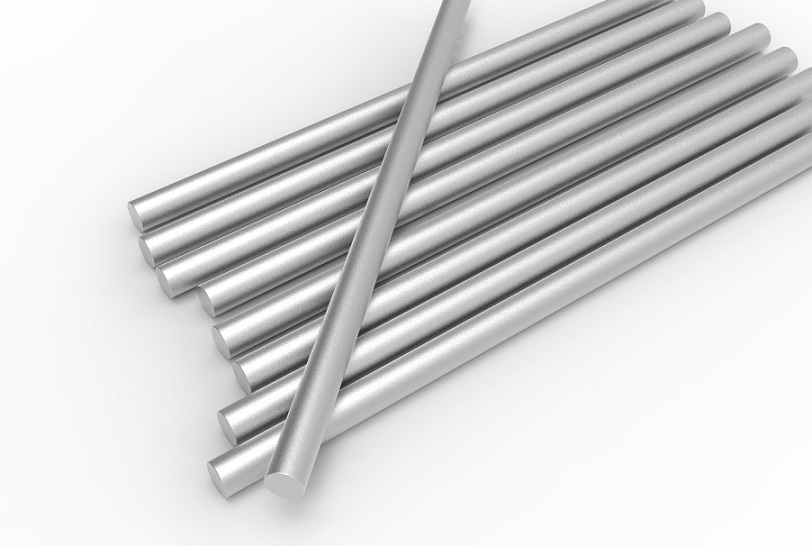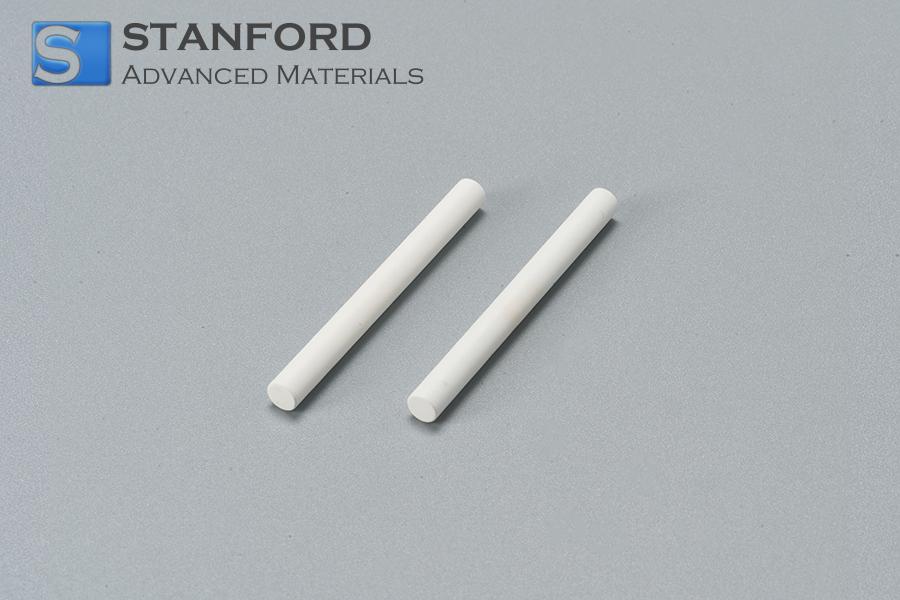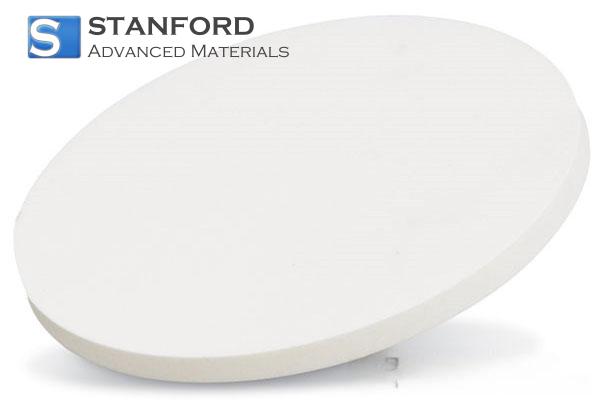Preparation & Application Of TZM Alloy
The TZM alloy(Molybdenum-Zirconium-Titanium alloy) is one of the most commonly used high-temperature alloys among molybdenum-based alloys. It exhibits a high melting point, high strength, a high modulus of elasticity, a low coefficient of thermal expansion, a low vapour pressure, good electrical and thermal conductivity, high corrosion resistance and dependable mechanical properties at raised temperatures. It is employed in numerous sectors. This article examines the manufacturing and application of TZM alloys.

Preparation & Application of TZM Alloys
Preparation Methods for TZM Alloys
The primary fabrication methods for the TZM alloy (Molybdenum-Zirconium-Titanium alloy) are the electric arc melting-casting process and powder metallurgy.
In the electric arc melting and casting method, pure molybdenum is melted using an electric arc. Alloying elements such as titanium and zirconium are added in precise weight percentages. The TZM alloy is produced by a conventional casting process.
Products produced via the powder metallurgy process have a distinct chemical composition and mechanical and physical properties that conventional melting-casting methods cannot achieve. High-purity molybdenum powder, TiH₂ powder, ZrH₂ powder and graphite powder are mixed in equal proportions. The mixture is formed by isostatic cold pressing and then sintered at high temperature in an inert atmosphere to obtain TZM blanks. The blanks are hot rolled at elevated temperatures, annealed at high temperature, warm rolled at medium temperatures with an intermediate anneal to relieve internal stresses, and then warm rolled to produce finished TZM products. The forging of the blanks and subsequent heat treatment affect the material’s properties, anisotropy and texture.
The powder metallurgy process eliminates the need for large equipment such as vacuum arc furnaces, large extruders and forging hammers, as well as high-temperature furnaces. This reduction shortens the production cycle, decreases energy consumption and doubles production capacity and yield, thereby significantly reducing costs.
Application of the TZM Alloy
The TZM alloy offers several advantages and is used in various applications.
Due to its reliable mechanical properties at elevated temperatures and high pressures, the alloy is employed in the defence sector. It is used for manufacturing valve bodies for torpedo engines, rocket nozzles, gas pipelines and nozzle liners.
Owing to its resistance to corrosion by liquid metals, the alloy is utilised as the primary shaft component in a platinum–rhodium coated stirrer within glass-melting furnaces for colour picture tube production.
The TZM alloy has a relatively high melting point and is utilised as a die-casting mould material for both ferrous and non-ferrous metals. It is also applied for seamless stainless steel plugs, such as copper rotor moulds used in engines.
The alloy is further applied within the electronics and electrical industries. It is used in cathodes of electron tubes, grids, high-voltage rectifier components and integrated semiconductor thin-film circuits.
In the nuclear sector, the TZM alloy is used for radiation protection shields, support frames, heat exchangers, rails and similar components.
Conclusion
Thank you for reading this article. We trust it has enhanced your understanding of the manufacturing and application of TZM alloys. For further information regarding the TZM alloy or other molybdenum alloys, please visit Stanford Advanced Materials (SAM) for further details.
SAM has over 20 years of experience in the manufacturing and sale of molybdenum products. It supplies molybdenum tubes, molybdenum powder and molybdenum alloys that meet specific research and production requirements. We are confident that SAM will be your preferred supplier and business partner for molybdenum products.

 Bars
Bars
 Beads & Spheres
Beads & Spheres
 Bolts & Nuts
Bolts & Nuts
 Crucibles
Crucibles
 Discs
Discs
 Fibers & Fabrics
Fibers & Fabrics
 Films
Films
 Flake
Flake
 Foams
Foams
 Foil
Foil
 Granules
Granules
 Honeycombs
Honeycombs
 Ink
Ink
 Laminate
Laminate
 Lumps
Lumps
 Meshes
Meshes
 Metallised Film
Metallised Film
 Plate
Plate
 Powders
Powders
 Rod
Rod
 Sheets
Sheets
 Single Crystals
Single Crystals
 Sputtering Target
Sputtering Target
 Tubes
Tubes
 Washer
Washer
 Wires
Wires
 Converters & Calculators
Converters & Calculators
 Write for Us
Write for Us





 Chin Trento
Chin Trento


